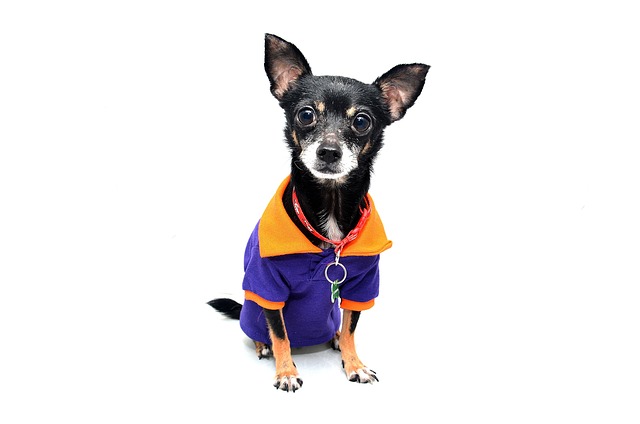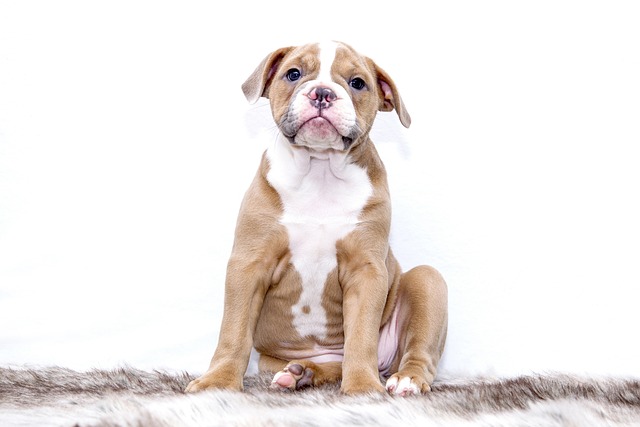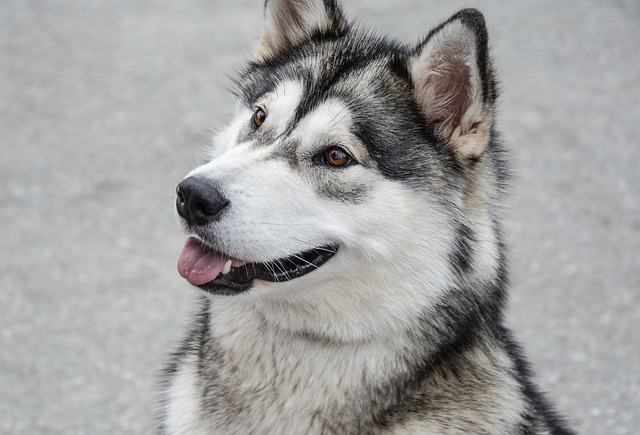
Can small breed puppies eat regular puppy food
That tiny mouth trying to crunch on a piece of kibble that's almost as big as its head is a clear sign something isn't quite right.
Hypothermia in dogs is a serious condition that can sneak up on even the most attentive pet owners. When a dog’s body temperature drops below 95°F (35°C), their organs start to struggle, and every minute counts. But once you’ve gotten your pup through the initial crisis, a common question lingers: how long until they’re back to normal?
The recovery timeline depends heavily on how severe the hypothermia was. Mild cases, where body temperature dips to 90–95°F (32–35°C), often see improvement within 12 to 24 hours with proper care. You’ll notice your dog shivering less, becoming more alert, and maybe even asking for a treat or two. These are good signs, but it’s crucial not to rush things—their body is still stabilizing.
Moderate hypothermia, with temperatures between 82–90°F (28–32°C), takes longer. Expect 2–3 days of close monitoring. Your vet might keep them overnight to use warming blankets or IV fluids, and at home, you’ll need to keep them in a draft-free space, maybe with a heated bed (but never too hot). Watch for signs like weakness or slow reflexes—these mean their body is still working hard to bounce back.
 Severe cases, where temperature drops below 82°F (28°C), are the most worrying. Recovery here can stretch to a week or more, and sometimes longer. Organs like the heart and kidneys may have been damaged, so your dog might need ongoing treatment. It’s not just about warming them up; it’s about supporting their body as it heals from the inside out. Your vet will run tests to check for complications, and follow-up visits will be key.
Severe cases, where temperature drops below 82°F (28°C), are the most worrying. Recovery here can stretch to a week or more, and sometimes longer. Organs like the heart and kidneys may have been damaged, so your dog might need ongoing treatment. It’s not just about warming them up; it’s about supporting their body as it heals from the inside out. Your vet will run tests to check for complications, and follow-up visits will be key.
No matter the severity, consistency is vital. Keep their environment warm but not stifling, offer small, frequent meals to boost energy, and avoid strenuous activity. Even if they seem fine, overexertion can set back progress. And remember, every dog is different—age, size, and overall health play big roles. A young, healthy lab might bounce back faster than a senior Chihuahua with arthritis.
It’s also important to think about prevention as part of recovery. Many areas have laws about leaving dogs outdoors in extreme cold, and for good reason. Even short walks in freezing weather can be risky, especially with breeds that have thin coats. Investing in a well-fitted dog coat or booties isn’t just a fashion statement—it’s a safety measure that aligns with local guidelines and keeps your pup protected.
Always consult your vet before, during, and after a hypothermia incident. They can assess the severity, recommend the best warming methods, and check for hidden issues like frostbite or organ damage. Skipping this step might mean missing signs that your dog isn’t fully recovered, even if they look better on the surface.
Your dog’s comfort during recovery matters, too. Offer their favorite blanket, keep noise levels down, and give them plenty of quiet time. Dogs, like humans, heal better when they feel safe and loved. You’ll know they’re truly on the mend when they start acting like their usual selves—chasing a ball, begging at the dinner table, or curling up in their favorite spot without a shiver.
Recovery from hypothermia is a journey, but with patience, care, and guidance from your vet, most dogs make a full recovery. The key is to stay vigilant, follow professional advice, and never underestimate how quickly cold weather can turn dangerous. Your pup relies on you to keep them warm, and that trust is worth every extra minute of care.

That tiny mouth trying to crunch on a piece of kibble that's almost as big as its head is a clear sign something isn't quite right.

Many dog owners might grab a bag of senior dog food by mistake or think it’s a harmless swap, but the truth is these formulas aren’t designed for younger pups.

That tiny ball of energy bouncing around your feet has nutritional needs as unique as their personality. Feeding a small breed puppy isn't just about giving them less of what a big dog eats

That hopeful gaze and wagging tail when you open the pantry door is a universal dog language for "is that for me?" But in a world of processed biscuits and chews

Many owners start wondering about senior dog food for their 6-year-old pups, but the answer depends more on breed and health than just age.

Watching your dog struggle to keep up on walks or seeing them pant after the slightest activity can spark a desperate search for the fastest way to help them shed pounds.